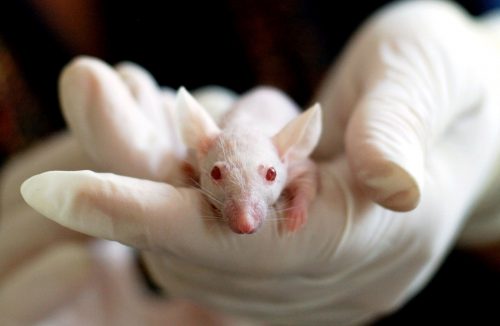How loneliness impacts rat research
When receiving treatment for illnesses, rarely do we give thought to the process involved in developing the medications—the testing, research, and money. We assume that scientists have considered every possible variable to ensure the treatment is bullet proof. While this is sometimes the case, other times established methods are called into question. Such was the case for rodent housing procedures and the treatment data that spawned from these practices.
Single cage housing is often used for rodent research, whether to obtain accurate readings of biological parameters, to protect equipment, or to prevent aggressive behavior from other animals. But this can have its downsides. “Rodents are social animals,” said Aix Marseille University Professor Christophe Bernard. Rodents thrive off of living together and establishing hierarchies. Social isolation then, while sometimes necessary, results in stressful and unnatural environments for them. “Mice are like prisoners that are completely isolated,” Bernard said. Researchers from Université Paris Descartes, Cadi Ayyad University, and Aix Marseille University—including Bernard—recently looked into the effects of this isolation in a recent study published in eNeuro.
Clinical studies had previously shown that stressful living situations lead to a higher risk of seizure in patients with epilepsy. The researchers looked to this to establish their hypothesis: if single housing was a large enough factor to alter results, then epilepsy induced single-housed rodents would present higher rates of seizures than epilepsy induced socially-housed rodents. To examine this, rats were separated into six groups based on whether they were handled, paired together with another animal, or isolated and had epilepsy induced or not. After six weeks, the results showed that the isolated epileptic rats faced seizures sixteen times as frequently as epileptic rats that were kept in pairs. In addition, the experiment showed that daily interactions with experimenters were enough to produce reductions in seizures as in the paired rats.
The researchers also performed the experiment on mice with an emphasis on how housing affects behavior. Mice were separated into four groups: socially housed epilepsy induced, isolated epilepsy induced, socially housed non-induced, and isolated non-induced. Prior to this separation, randomly selected mice from each litter were subjected to behavioral tests to obtain pre-experimental values of weight, cognitive performance, depression levels, and anxiety levels. After the appropriate mice were induced, the testing began and lasted for four weeks. Although epileptic mice housed together showed higher levels of depression, higher anxiety, decreased cognitive performance, and lowered weight when compared to the non-epileptic mice housed together, the difference between these two was much less than the difference between epileptic individually housed and non-epileptic individually housed. This shows when the only factor involved was housing-method, the results of the epilepsy study were considerably different between the groups.
These results might call into question previous studies in isolated animals; however, Bernard said, “This does not invalidate the previous results.” Rather, he explains that the results are still valid, but valid in the context of isolation, which oftentimes is the case with patients being treated. Still, this does show that some experiments perhaps need to be performed in the group context. Bernard thinks that medications previously regarded as ineffective might prove to be beneficial under different circumstances. Bernard suggests that in order to better adapt research, scientists can look to interact more with their mice, playing and feeding them to ease the stress of isolation. Another alternative is to utilize much larger cages in which mice are housed in independent parts separated from one another by grids. These cages would still allow for interaction with each other.
Although the study focuses chiefly on the effects of single-housing on rodents, it also brings to light the need to always question how to improve science, which is undoubtedly a driving force behind innovative ideas. What other faulty methods might be out there, and, just as importantly, how can improving them lead to advances in medicine, biology, and science?

